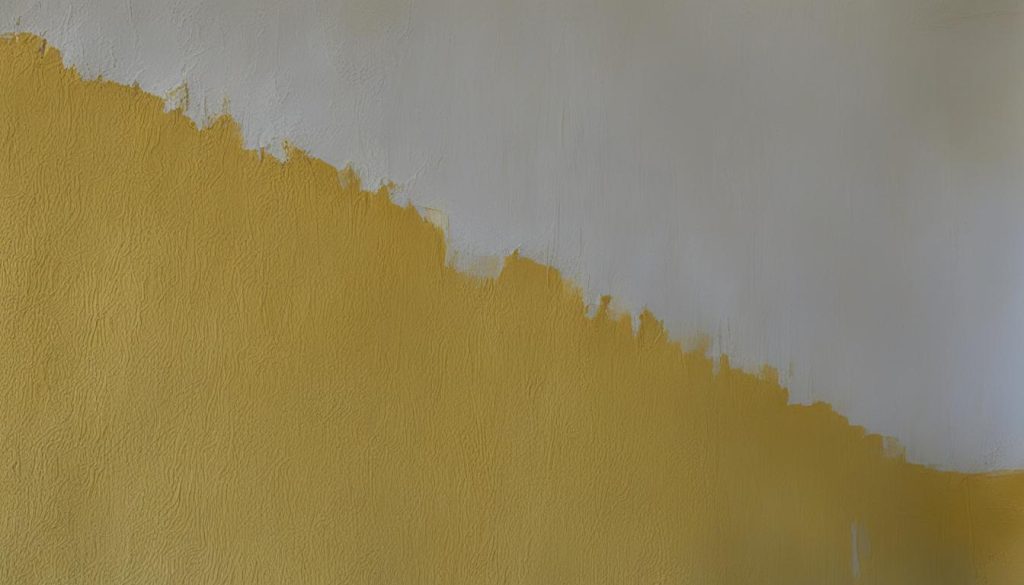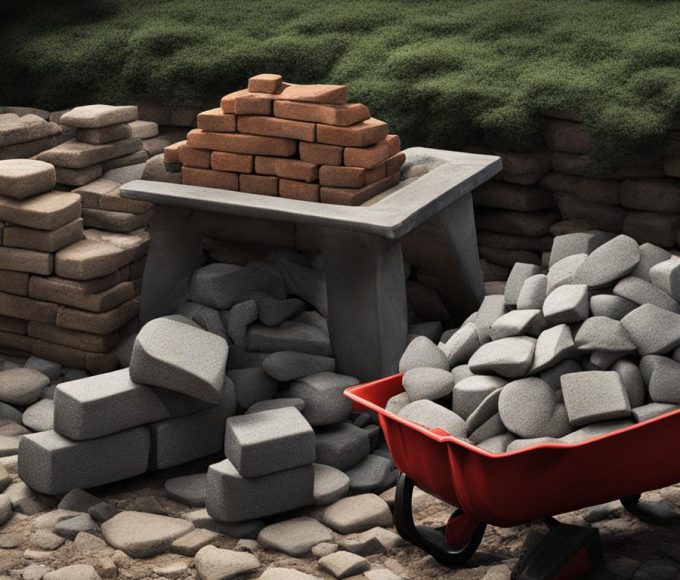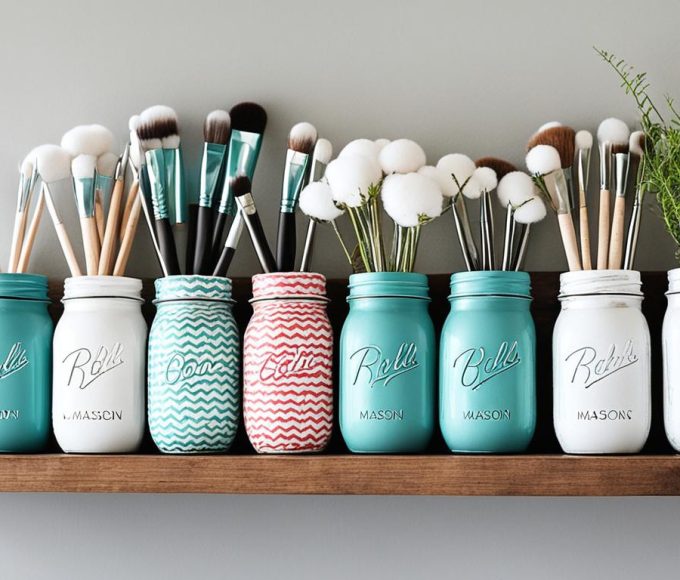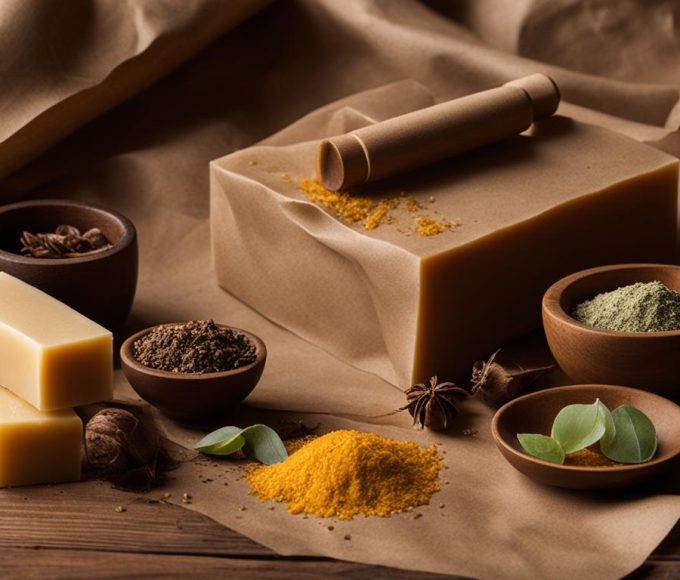Are you tired of your DIY paint jobs looking amateurish? With our expert painting tips and techniques, you can achieve a flawless, professional finish. Whether you’re a seasoned painter or a beginner, our tried and tested methods will transform any space.
From choosing the right paint to mastering brush and roller techniques, we’ll guide you through each step to ensure a perfect result. Follow our advice and your friends and family will be amazed at how professional your paint job looks.
Don’t settle for mediocre results. With our professional painting tips, you can take your skills to the next level and master the art of painting. So, let’s get started on your journey to becoming a master painter.
Essential Painting Tools for a Professional Finish
To achieve a professional finish, having the right painting tools is essential. Without the proper tools, you may end up with a finish that is uneven, streaky, and unprofessional.
One of the most important painting tools is a quality brush. Look for brushes with synthetic bristles, as these are easier to clean and maintain than natural bristle brushes. Choose a brush size that is appropriate for the area you are painting; for example, use a smaller brush for trim and a larger brush for walls.
Another essential tool for a professional finish is a high-quality roller. Look for rollers with a high nap for textured surfaces, and a low nap for smooth surfaces. Remember to use a roller with the proper nap length for the surface you’re painting.
Additional Essential Painting Tools
In addition to brushes and rollers, there are other essential painting tools you should have on hand. These include:
- Paint tray
- Drop cloth or plastic sheeting
- Painter’s tape
- Sandpaper
- Putty knife
It’s crucial to have a clean and organized workspace when painting. Keep your paint and tools organized, and always make sure to clean your brushes and rollers thoroughly after each use.
With these essential painting tools, you’ll be well on your way to achieving a professional finish. Remember to choose quality tools and keep them clean and organized, and your painting project will be a success.
Preparing Your Surfaces for Painting
Before you can achieve a professional paint job, you need to properly prepare your surfaces. This involves cleaning, priming, and repairing any imperfections.
First, remove any dirt, grime, or mildew with a cleaning solution and a scrub brush. This will ensure that your paint adheres properly and lasts longer. Make sure the surface is completely dry before moving on to the next step.
Next, it’s time to prime the surface. This step is crucial for achieving a professional finish. Priming helps the paint adhere better and also prevents stains and discoloration. Choose a primer that is suitable for your surface type. For example, use a drywall primer for bare drywall, a wood primer for bare wood, and a stain-blocking primer for surfaces with stains.
If your surface has any imperfections, such as small holes or cracks, fill them in with spackling or putty. Once dry, sand the area smooth with fine-grit sandpaper. This will ensure a smooth surface for painting.
Avoid These Surface Preparation Mistakes:
- Not cleaning the surface thoroughly
- Skipping the primer step
- Painting over imperfections without filling them in
- Using the wrong type of primer for your surface type
By properly preparing your surfaces for painting, you’ll be one step closer to achieving a professional paint job. Don’t rush this process – take your time and ensure that your surface is clean, primed, and smooth before moving on to the next step.
Choosing the Right Paint for a Professional Look
Choosing the right paint is essential for achieving a professional look. The type of paint you choose will affect the finish, durability, and overall appearance of your project. Before making your selection, consider the following:
Paint Finish
The finish of the paint refers to the amount of light reflected by the surface after it dries. There are several types of finishes to choose from, including:
- Flat: A flat finish has a low amount of light reflection and is great for hiding imperfections. However, it is not as durable as other finishes and can be difficult to clean.
- Eggshell: An eggshell finish has a slight sheen and is more durable than a flat finish. It’s a popular choice for walls in high-traffic areas.
- Satin: A satin finish has a soft, velvety appearance and is easy to clean. It’s commonly used for trim, doors, and cabinets.
- Semi-Gloss: A semi-gloss finish has a high sheen and is very durable. It’s a great choice for areas that require frequent cleaning, such as kitchens and bathrooms.
Consider the room and surface you are painting when selecting a paint finish. For example, a flat finish may be suitable for a bedroom wall, but a semi-gloss finish is more appropriate for a bathroom.
Paint Type
There are two main types of paint: oil-based and water-based. Oil-based paints are known for their durability and water resistance, but they can be difficult to clean up and have a strong odor. Water-based paints, also known as latex paints, are easy to clean up with soap and water and have a low odor. They are also more environmentally friendly than oil-based paints.
Consider the surface you are painting and the level of durability you require when selecting a paint type. Oil-based paints are a good choice for areas that are exposed to moisture, such as bathrooms and kitchens, while water-based paints are suitable for most other areas of the home.
Color Selection
When selecting a paint color, consider the overall design scheme of the room and the mood you want to create. Lighter colors can make a room feel larger and more airy, while darker colors can make a room feel cozy and intimate. Don’t be afraid to experiment with bold colors, but keep in mind that they can be difficult to cover up if you change your mind in the future.

Using Cheap Materials
Using cheap materials may seem like a cost-effective solution, but it often leads to an unprofessional finish. Cheap paint can result in poor coverage and flaking, while low-quality brushes and rollers can leave behind streaks and bristle marks. Invest in high-quality materials to achieve a professional finish.
Forgetting to Use a Drop Cloth
Forgetting to use a drop cloth can lead to drips and spills on your floors and furniture, ultimately resulting in an unprofessional finish. Always use a drop cloth to protect your surfaces and make cleaning up after the job much easier.
Overloading Your Brush or Roller
Overloading your brush or roller can lead to drips and uneven coats of paint. Make sure to properly load your brush or roller with the right amount of paint to achieve even coverage.
Not Checking for Drying Time
Not checking for drying time can lead to smudging and other paint blemishes. Make sure to check the recommended drying time for your paint before applying subsequent coats or making any touch-ups.
By avoiding these common painting mistakes, you’ll be on your way to achieving a professional finish that you can be proud of.
Achieving a Smooth Finish with Sanding and Priming
One of the key elements to achieving a professional paint job is ensuring a smooth, flawless finish. Sanding and priming are two essential steps that can make all the difference in the final result.
Sanding the surfaces before painting can help remove any imperfections, rough spots, or bumps that might show through the paint. It also creates a surface that is more receptive to the primer, allowing it to adhere better and preventing paint from chipping or peeling.
When sanding, start with a coarse grit sandpaper, then move to a finer grit for a smoother finish. Be sure to sand in the same direction as the wood grain, and wipe the surface clean with a tack cloth or damp rag after sanding to remove any dust or debris.
After sanding, it’s time to prime. Primer, or undercoat, is a specially formulated paint that provides a smooth, even base for the topcoat of paint to adhere to. It also seals the surface, preventing stains or knots from bleeding through and providing a uniform color.
There are several types of primers available, such as oil-based, water-based, and shellac-based. Choose the right primer for your project based on the surface you are painting and the type of paint you will be using.
Apply the primer evenly with a brush or roller, and be sure to follow the manufacturer’s instructions for drying time. Once the primer is dry, sand again with a fine grit sandpaper to create an ultra-smooth surface for painting.
By taking the time to sand and prime your surfaces properly, you can ensure a smooth finish that will make your paint job look professional and last for years to come.
Proper Paint Drying and Curing for a Professional Result
Once you have applied the paint, it’s crucial to allow it to dry and cure properly to achieve a professional result. However, many people don’t understand the difference between the two or how to properly dry and cure their paint. Let’s dive into the details.
Drying vs. Curing
Paint drying refers to the time it takes for the solvent or water in the paint to evaporate, leaving behind a solid coating. This is a relatively quick process and can take anywhere from a few hours to overnight, depending on the type of paint and environmental conditions.
Curing, on the other hand, refers to the chemical reaction that occurs between the paint resins and the air. This process takes much longer and can take anywhere from a few days to a week or more, depending on the type of paint and environmental conditions.
Proper Drying and Curing Techniques
To ensure proper paint drying and curing, it’s important to follow a few key techniques:
- Allow for proper ventilation and air circulation in the room to help the paint dry and cure faster.
- Avoid painting in high humidity or extreme temperatures, which can slow down or inhibit the drying and curing process.
- Follow the manufacturer’s instructions for the type of paint you’re using, including recommended drying and curing times.
- Be patient and avoid touching the paint during the drying and curing process to avoid smudging or ruining the finish.
By properly drying and curing your paint, you’ll ensure a professional result that will last for years to come. Don’t rush this crucial step in the painting process and take the time to do it right.
Tips for Painting Trim and Edges Like a Pro
Painting trim and edges can be a challenging task, but with the right techniques, you can achieve a professional finish. Whether you’re painting baseboards, crown molding, or door frames, these expert tips will help you get the job done right.
Choose the Right Brush
When painting trim and edges, it’s important to use a high-quality brush. A 2-inch angled brush is ideal for cutting in corners and painting narrow surfaces. Look for a brush with fine bristles that can hold paint without dripping or splattering.
Protect the Surrounding Area
Use painter’s tape to protect the surrounding area from accidental paint splatters. Apply the tape to the edges of the trim and use a putty knife to press it down firmly. This will help create a clean, straight edge when you’re done painting.
Apply Thin Coats
When painting trim and edges, it’s best to apply thin coats of paint rather than one thick coat. This allows the paint to dry faster and reduces the risk of drips and runs. Use a small amount of paint on the brush and apply it in smooth, even strokes.
Paint from Top to Bottom
When painting trim and edges, start at the top and work your way down. This will help prevent drips and splatters from falling onto the areas you’ve already painted. It’s also easier to smooth out any drips or runs when you paint in this direction.
Don’t Rush the Drying Process
Allow each coat of paint to dry completely before applying the next one. Rushing the drying process can cause the paint to bubble or peel, which will ruin the professional look you’re trying to achieve.
Use a Small Roller for Larger Surfaces
If you’re painting large areas of trim or molding, use a small roller instead of a brush. A 4-inch roller with a foam cover will help you cover large areas quickly and evenly. Roll in one direction, taking care not to apply too much pressure, which can cause the roller to leave an uneven texture.
Practice Patience
Painting trim and edges can be a time-consuming process, but it’s important to be patient and take your time. Rushing or cutting corners will only lead to a less than perfect finish. By following these tips and taking your time, you can achieve a professional look that will impress anyone who sees it.
Mastering the Art of Touch-Ups and Corrections
Even the most skilled painters encounter imperfections. Don’t worry; touch-ups and corrections are a normal part of the painting process. With the right techniques and tools, you can easily fix any mistakes and maintain a professional finish.
Using the Right Brush
When it comes to touch-ups, the brush you choose can make all the difference. Use a small brush with short, firm bristles to ensure precision and control. The size of the brush should correspond to the size of the area you’re touching up.
Blending in the Paint
Blending in touch-up paint can be tricky, but it’s essential for achieving a seamless finish. Start by lightly feathering the edges of the touch-up area with your brush. Then, blend the paint in with long, smooth strokes, being careful not to apply too much pressure.
Correcting Mistakes
Don’t panic if you make a mistake. You can easily correct it with the right technique. Use a clean brush dipped in a small amount of paint thinner or water to gently remove the excess paint. Then, blend in the surrounding area to create a seamless finish.
Sealing the Touch-Up
To ensure your touch-up lasts, apply a clear coat over the area once the paint has dried. This will help protect the touch-up from fading or chipping over time.
With these professional painting secrets, you’ll be able to master the art of touch-ups and corrections. Remember to take your time and be patient, and you’ll achieve a flawless finish.
Final Steps for a Flawless Professional Paint Job
Congratulations, you’ve made it to the final stages of your painting project! Follow these last few steps to ensure a flawless, professional finish.
Step 1: Remove Painter’s Tape
If you used painter’s tape to protect certain areas from paint, remove it carefully while the paint is still slightly wet. This will prevent the tape from pulling off any fresh paint and ruining your clean lines.
Step 2: Clean Up
Use a damp cloth to wipe up any stray paint drips or spills. Make sure all brushes and rollers are cleaned thoroughly and stored properly for future use.
Step 3: Inspect Your Work
Take a close look at your paint job and inspect it for any imperfections or missed spots. Touch up any areas as necessary with a small brush or roller.
Step 4: Allow Paint to Cure
Before moving furniture back into the room or fully utilizing the painted surfaces, make sure to allow ample time for the paint to fully cure. This can take anywhere from 24 hours to a week, depending on the type of paint and weather conditions.
By following these final steps, you can ensure that your professional painting project ends with a flawless finish that will leave your space looking fresh and new for years to come.
Remember, the key to a successful professional paint job is proper surface preparation, paint application, and attention to detail. Don’t rush through any steps, and take your time to ensure a job well done.
Ready to take on your next painting project like a pro? Follow our expert tips and techniques for a flawless, professional finish every time.
Main keyword: professional paint job







